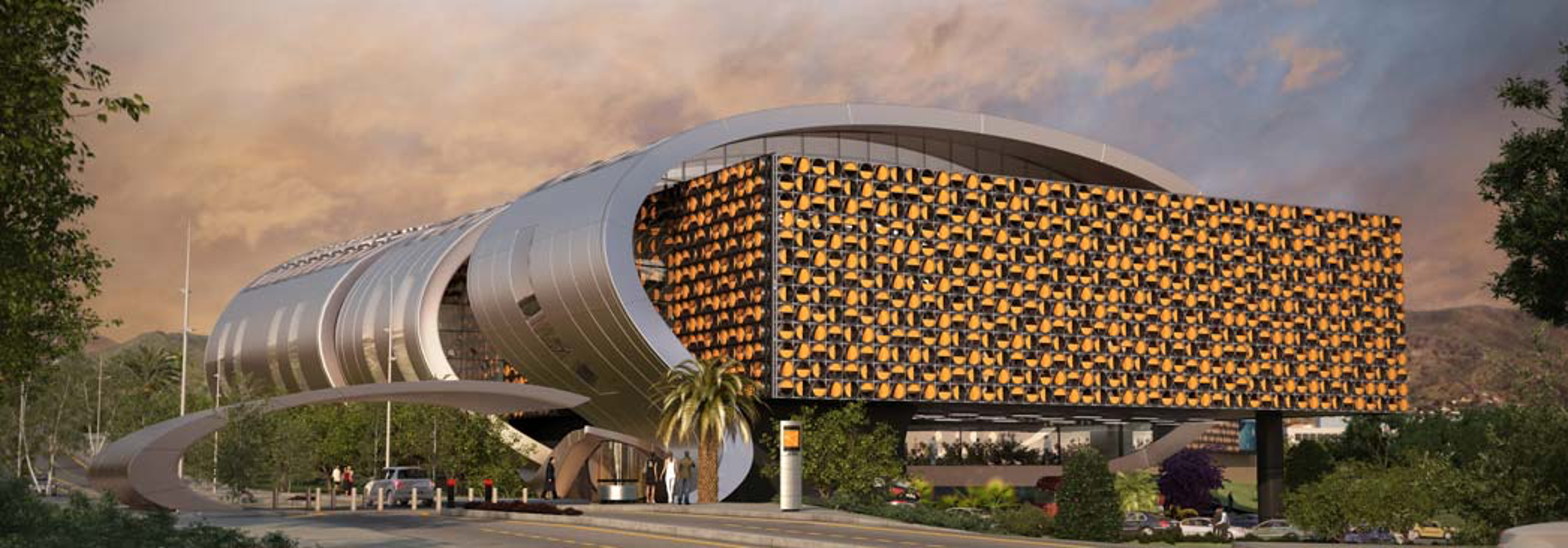Pre-Treatment Process
Efficient waste handling and pre-treatment is a key factor for achieving successful environmental and economic sustainability in the waste to energy process.

Global Gateways waste to energy plants are able to handle and treat most types of waste in large quantities; including the most acidic types of waste, providing local municipalities farmers and industries with the necessary flexibility and economies of scale to almost completely eliminate landfills and reduce their waste treatment costs.
Our specific measures are geared to maximize the re-use of resources, thereby reducing the needs to extract natural resources, and efficiently produce renewable energy from the remaining organic feedstock.
Waste reception & shredding: The process begins with trucks unloading the waste feedstock in an enclosed storage and handling facility where all material immediately undergoes shredding to a size of 15-25 mm.
The end result is waste residue in the form of cellulose fiber (as pictured below), where volume is reduced by 60% and all smell is eliminated, leaving a clean waste feedstock which is easier to separate and classify in the next step.
Separation & Sorting system: The sterilized waste will be processed by a state of the art system, which as a result of the previous process will achieve 55-85% efficiency ratio when classifying the different waste types.
The GG pre-treatment process achieves a considerably higher efficiency compared to traditional waste sorting systems which do not include the initial component.
The equipment in the sorting system includes ballistic separators, eddy current separators, permanent drum magnets, NIR optical sorting units using infra-red technology, x-ray transmission (XRT) and color line cameras among others.
The waste is suitably classified into valuable substance fractions (recyclables) according to the different types of material i.e. plastics are separated according to whether they are PE, HDPE, PVC, LDPE, PP, PS or others, ferrous and non-ferrous metals are classified, glass etc.
All recyclables are sold to licensed recycling companies for re-use or reprocessing, so as to reduce the needs of mining for natural resources and thereby reducing the associated emissions and destruction of biodiversity. Recycling steel, aluminum and other recyclable materials versus producing from raw materials extracted from the ground, greatly reduces the total energy footprint needed to generate the same finished product.
At the end of the process after removing all recyclables what is left over is the organic feedstock fraction (cellulose fiber) ready to be gasified in the next step of the GG waste to energy process, having previously removed excess moisture during a drying process.




